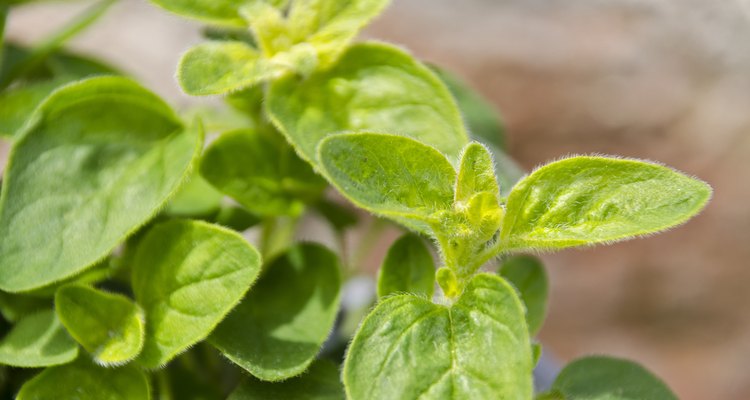
precinbe/iStock/Getty Images
Oregano is a member of the mint family. Though most commonly associated with Italian food, primarily because oregano is a perfect complement to tomato-based sauces, the Greeks are believed to have first used oregano for culinary purposes, notes the University of Arizona College of Agriculture and Life Sciences. Fresh oregano is not nearly as potent as dried oregano, so you'll need to use more when flavoring foods with fresh leaves. If you don't grow your own, look for fresh oregano in the produce section of your grocery store. It is more rare a find than other herbs typically used fresh.
Select bright green, fresh oregano leaves free of wilting, yellowing or other discoloration. Purchase them no more than three days before you intend to eat them.
Store fresh oregano leaves in the refrigerator for up to three days in a ventilated plastic bag. Poke a few holes in both sides of a plastic bag with a fork.
Wait until you're about to use the fresh oregano leaves to wash them. Hold a small bunch of leaves under cold running water. Shake off the excess water, then gently blot the leaves dry with clean paper towels. Put a large quantity of fresh oregano leaves in a salad spinner for easy washing and drying.
Use three times more fresh oregano leaves than dried oregano quantities specified in a recipe when making the substitution, advises the University of Nebraska-Lincoln Extension.
Stack several fresh oregano leaves and roll them up tightly. Place the rolled leaves on a cutting board and chop perpendicularly to the roll to create thin strands with which to flavor dishes. Use a nonserrated knife.
Add fresh oregano leaves into dishes you're cooking no more than 20 minutes before the end of the cooking time to preserve their flavor and appearance.
Sprinkle thinly sliced fresh oregano leaves into salads, or over meat, poultry, fish and pasta dishes as a garnish.
Related Articles
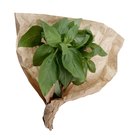
How to Crush Basil

How to Make Organic Shampoo at Home
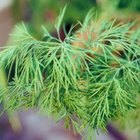
Dill Seed Vs. Dill Weed

A Substitute for Japanese Parsley

What Are Basil Sprigs?

What Herbs & Spices Flavor Fish?

How to Store Brussels Sprouts
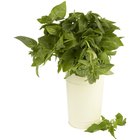
Can I Put Fresh Chopped Basil in Store ...

How to Use Sage to Color Hair

The Difference in Fresh or Dry Oregano
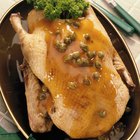
How to Buy and Use Capers in Cooking
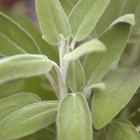
How to Use Sage to Combat Hair Loss

How to Dry Fresh Parsley
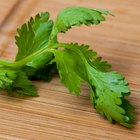
How to Cook with Cilantro

What Herbs Go With Veal Chops?
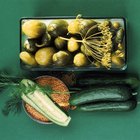
How to Substitute Dried for Fresh Dill ...
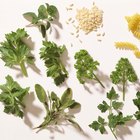
What to Use in Place of Italian ...

Basil for Hair Growth

Difference Between Peppermint Extract & ...

How to Keep Chives Fresh
References
Writer Bio
Eric Mohrman is a food and drink, travel, and lifestyle writer living in Orlando, Florida. He has professional experience to complement his love of cooking and eating, having worked for 10 years both front- and back-of-house in casual and fine dining restaurants. He has written print and web pieces on food and drink topics for Visit Florida, Orlando Style Magazine, CrushBrew Magazine, Agent Magazine, Dollar Stretcher Magazine, The 863 Magazine and other publications.
Photo Credits
precinbe/iStock/Getty Images